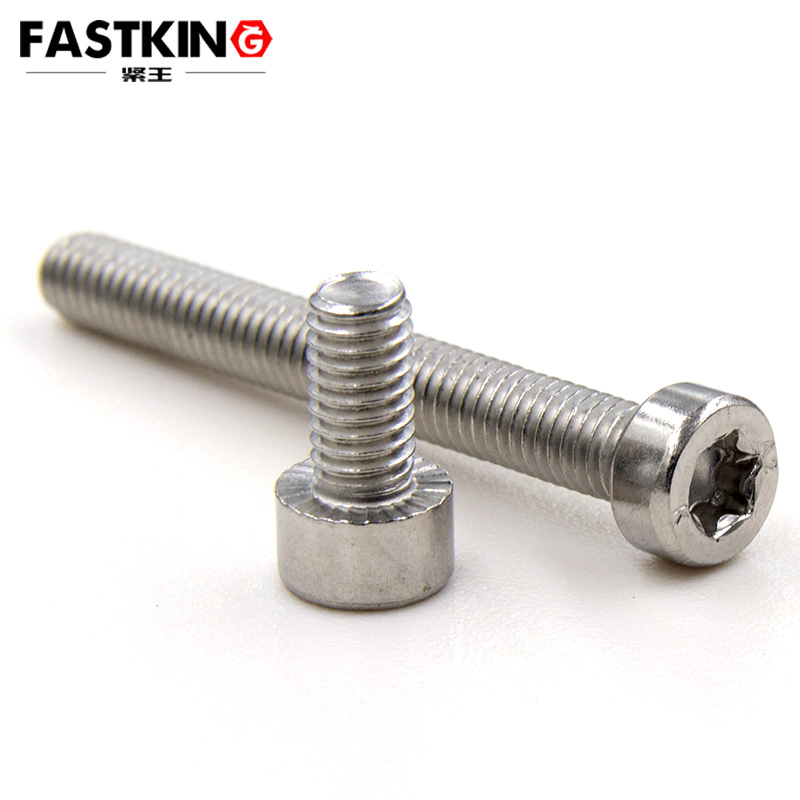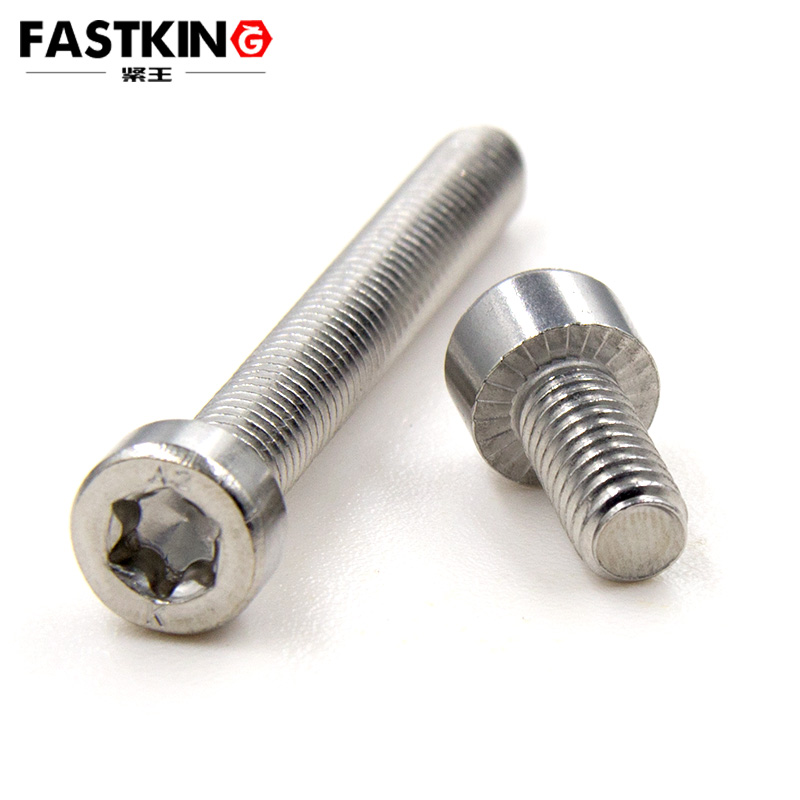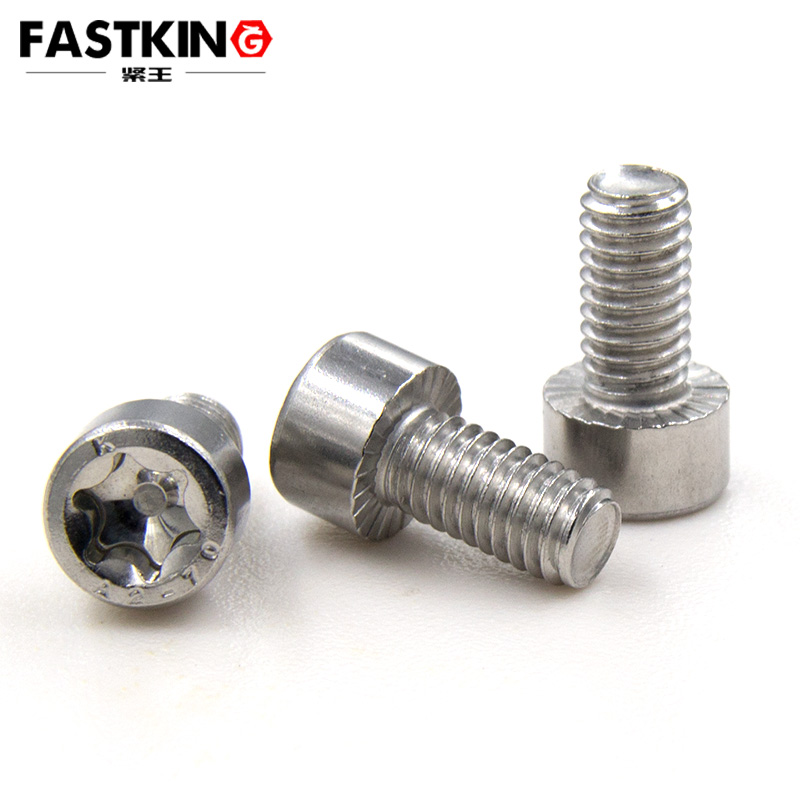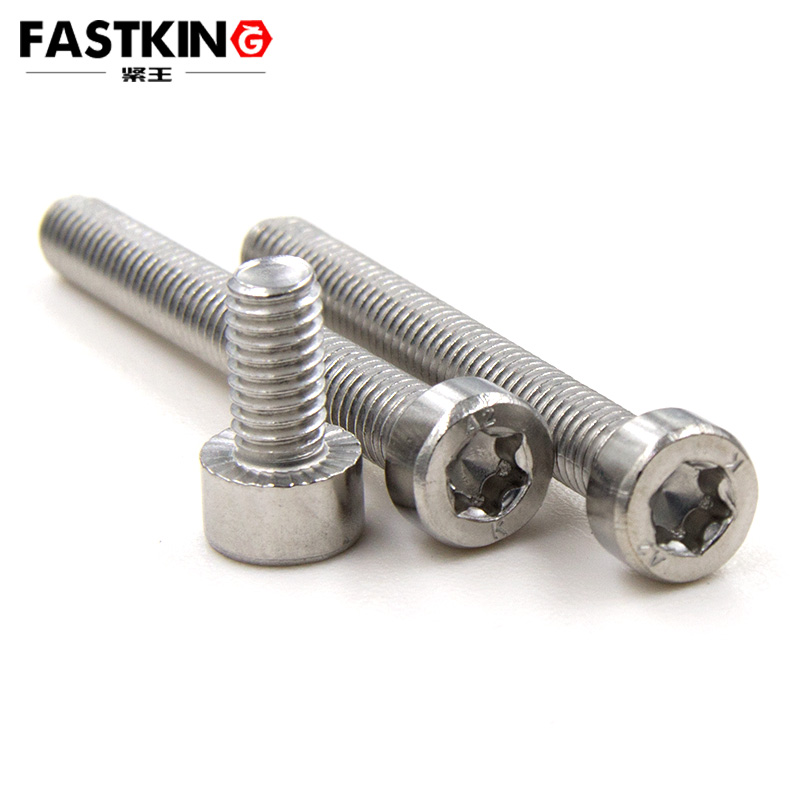

For thin-head solar screws with knurling at the bottom, their heads are relatively thin in appearance, and this design is by no means accidental. In solar panel installation scenarios, space utilization and overall aesthetics are of crucial importance. The thin-head design allows the screws to fit as closely as possible to the surface of solar panels or brackets after installation, avoiding interference with subsequent operations such as wiring and cleaning due to overly high screw heads, and also reducing potential safety hazards caused by protruding foreign objects. Meanwhile, the knurled structure at the bottom greatly enhances the friction between the screws and the installation substrate. When the screws are screwed into materials such as wood, plastic, or metal, the knurled part acts like tiny serrations, biting into the material surface to prevent the screws from loosening under long-term vibration and wind force, thus ensuring stable connection.
In terms of material selection, most of these solar screws are made of stainless steel, with common grades such as 304 and 316. Solar equipment is exposed outdoors for a long time, enduring wind, sunlight, rain, and even salt spray corrosion in coastal areas. With excellent corrosion resistance, stainless steel can effectively resist rust caused by rainwater, oxidation from ultraviolet rays, and damage from corrosive gases in the air, significantly extending the service life of the screws and ensuring the stability of the entire solar system. Taking 316 stainless steel as an example, it contains molybdenum. Compared with 304 stainless steel, it performs more outstandingly in terms of pitting resistance and intergranular corrosion resistance, and can stand firm in extremely harsh environments to ensure reliable connection between solar panels and brackets.
From the perspective of specifications and dimensions, thin-head solar screws with knurled bottoms come in a wide variety to meet different installation needs. In large-scale ground-mounted photovoltaic power plants, solar panels are large in size, heavy in weight, and need to withstand the test of harsh weather such as strong winds. Therefore, screws with larger diameters and longer lengths are often used, such as M8 and M10 specifications, with lengths ranging from several tens of millimeters to over one hundred millimeters, providing strong fastening force. For small-scale distributed solar projects, such as residential rooftop solar systems, due to limited space and relatively lower load-bearing requirements, smaller-sized screws such as M4 and M6 are mostly adopted to ensure stable installation of solar panels without damaging the rooftop structure.
In the actual installation process, thin-head solar screws with knurled bottoms demonstrate unique advantages. Their knurled design eliminates the need for pre-drilling during installation, reducing installation steps and improving construction efficiency. Installers only need to align the screws with the installation position and use electric or manual tools to rotate the screws; the knurled part can cut into the material by itself to complete the fixing. However, it should be noted that the torque must be properly controlled during installation. Excessively low torque will result in insufficient fastening force, leading to easy loosening; excessively high torque may cause thread stripping of the screws or damage to the connected parts. After installation, it is essential to regularly check the fastening status of the screws, especially after extreme weather such as strong winds and heavy rains. If loosened screws are found, they should be re-tightened in a timely manner to ensure the safe operation of the solar system.
Thin-head solar screws with knurled bottoms have a wide range of application scenarios. In the connection process between solar panels and brackets, they can firmly fix solar panels on the brackets and resist vibration and impact caused by complex outdoor weather conditions. In some special installation scenarios, such as installing solar systems on wooden rooftops, the knurled design can effectively prevent the screws from shaking in the wood and ensure connection stability. In the assembly of small solar equipment, such as solar street lights and solar surveillance cameras, these screws have become an ideal choice for achieving tight connection of components due to their precise dimensional accuracy and good fastening performance.
Although thin-head solar screws with knurled bottoms are small in size, they play an irreplaceable role in solar systems. Their exquisite design, high-quality materials, diverse specifications, and convenient installation methods provide a solid guarantee for the efficient and stable operation of solar systems, contributing to the continuous and vigorous development of the solar energy industry.



